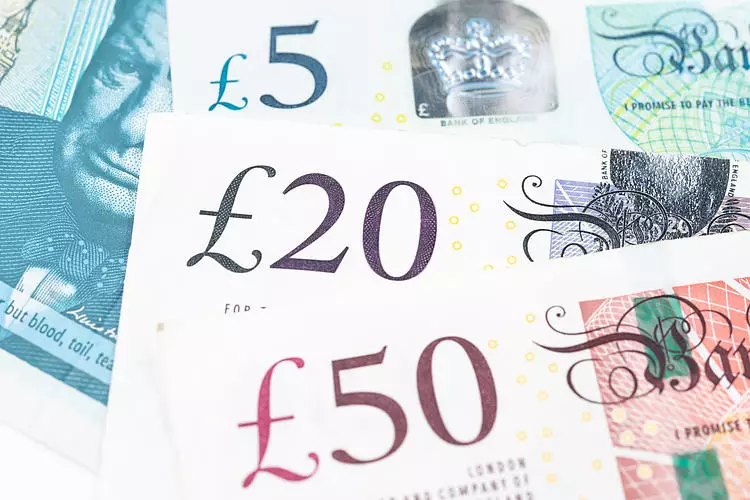As we delve into the recent fluctuations of the Pound Sterling against major currencies, we find ourselves in a complex economic landscape. Following a slight recovery observed on Thursday, various indicators suggest that while there is potential for short-term enhancement, longer-term challenges loom. The contrasting opinions from key financial figures, especially the Bank of England (BoE) representatives, shed light on the intricate dance between inflation targets and interest rate decisions.
Recent data from the UK flash PMI report indicates that business activity has been expanding in October, albeit at a moderated pace. The figures suggest a solidified economic backdrop, hinting at resilience in the service and manufacturing sectors compared to other economies like the United States and the Eurozone, where reports reveal ongoing contractions in output. This performance suggests relative strength within the UK economy, serving as a tailwind for the Pound. Nonetheless, the slowdown in growth raises concerns about the sustainability of this expansion amidst a broader slowdown in global economic activity.
Catherine Mann, a member of the BoE’s Monetary Policy Committee (MPC), recently emphasized the critical need for services inflation to decline further. Despite the positive nod to September’s softer inflation figures, she argued that the figures are not compelling enough to warrant an immediate cut in interest rates. Mann’s assertion that any reduction would be “premature” reflects a cautious approach by the BoE. This hawkish sentiment from key officials suggests that the central bank remains vigilant regarding inflation’s persistent nature, particularly in relation to wages. Such comments inevitably influence market sentiment, with traders increasingly speculating about possible rate cuts in the upcoming months.
Traders’ sentiments reveal a dichotomy. On one hand, some are banking on a potential reversal in monetary policy as indicators suggest possible easing. On the other hand, they are responding to the BoE’s firm stance against premature cuts. This tug-of-war influences the day-to-day fluctuations of the Pound Sterling. Currently, after Thursday’s recovery, the Pound edges towards a critical boundary near the 1.3000 mark against the US Dollar, buoyed by buying activity at lower levels around 1.2900. However, traders remain cautious, as the currency continues to edge toward its fourth consecutive week of losses against the Dollar amid ongoing global uncertainties.
From a technical perspective, the Pound Sterling’s recovery is also poised under close scrutiny. The near-term trading conditions suggest a precarious balance; it remains below the significant standard of the 50-day Exponential Moving Average (EMA) at approximately 1.3070, signaling bearish momentum as indicated by the 14-day Relative Strength Index (RSI) lingering below the crucial 40. The upcoming weeks will likely see traders eye the support level near the 200-day EMA situated at around 1.2845, as a break below could spur further selling pressure.
The Pound Sterling’s journey remains tenuous, encased in economic variables and market psychology that hinder a clear directional path. With key economic indicators showing mixed signals and the BoE adopting a cautious stance on rate cuts, traders are poised at a pivotal moment. The combination of hawkish central bank remarks, subdued economic growth, and technical resistances may cleanse the market of overly bullish expectations. As we move forward, the key will be to watch both macroeconomic developments and central bank communications intently, which will undoubtedly play critical roles in shaping the trajectory of the British currency in the coming weeks.

